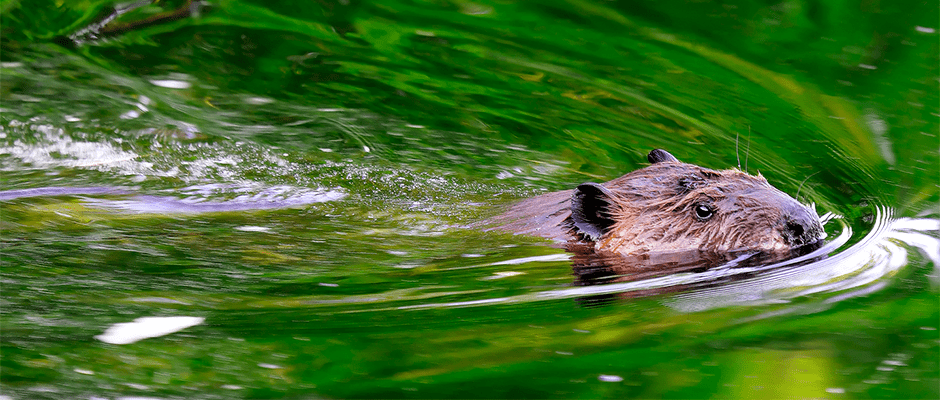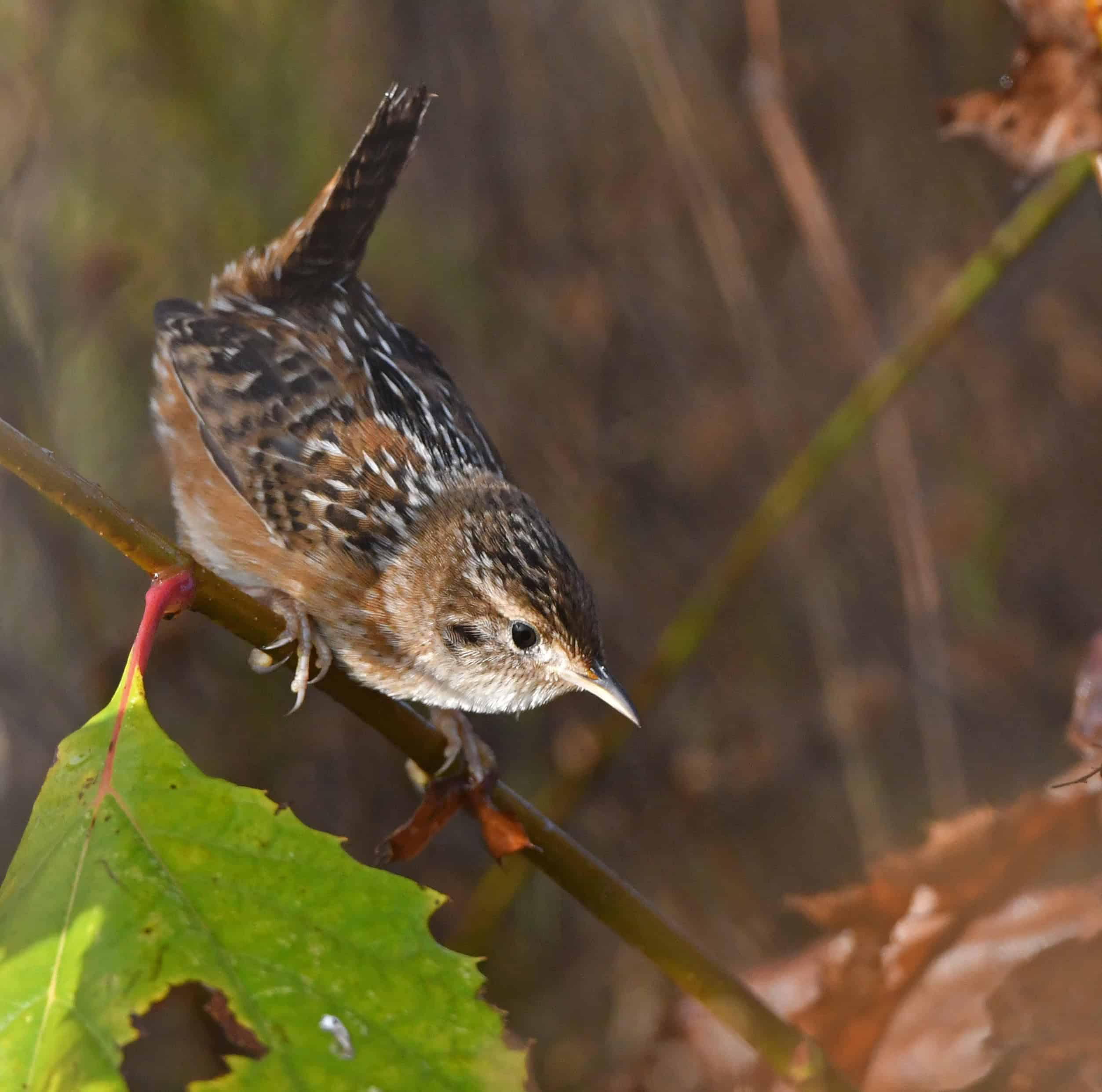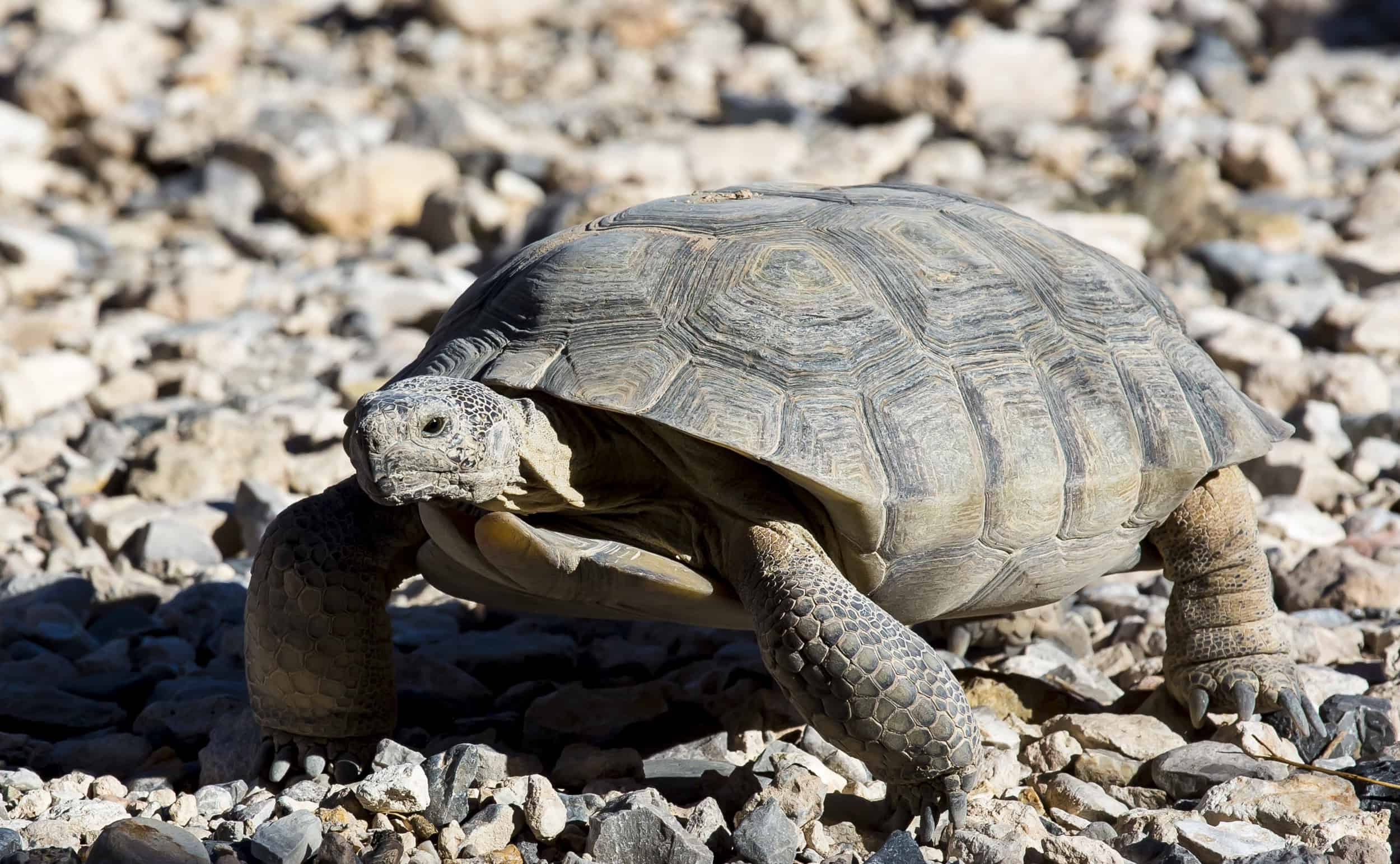Share this article
Could beavers help deal with climate change?
As engineers of their wetland environments, beavers help conserve streams and lakes in ecosystems ranging from forests to prairies. But it turns out that water isn’t all they manage. Researchers recently found that beavers (Castor spp.) also play a role in managing carbon in the environment — an important driver of climate change.
But it’s not clear if beavers do more to contribute to carbon emissions or to mitigate them.
“If you consider the ecosystem services provided by the beaver, there are many favorable things, so it would be interesting to know this matter also concerning climate warming,” said Petri Nummi, lead author on the paper published in Mammal Review.
Looking at past research, Nummi and his team found beavers release carbon into the atmosphere, adding to the contribution of greenhouse gases. But they also store carbon away in the soil. So which contribution is greater?
A forest sciences professor at the University of Helsinki, Nummi and his colleagues looked at over 70 studies spanning back to the 1980s. That’s when North American scientists discovered beavers put methane into the atmosphere by facilitating flooding, which increases organic carbon dissolved in the water. But later research showed this carbon also can collect in the sediment, be taken up by vegetation or travel downstream.
Nummi’s team aimed to examine and quantify beavers’ carbon contributions — both in emitting carbon and depositing it —by analyzing measurements of carbon sedimentation and release previously gathered from beaver ponds.
“The idea was to show both processes are involved,” he said. “That’s the big question concerning bogs and mires, which have accumulated carbon for a long time.”
The results indicated that globally, carbon sedimentation in beaver ponds totaled to 3.8 teragrams per year, with 100 times as much carbon already stored for millennia in these rodents’ habitats. Overall, beavers annually sequester an estimated 0.47 teragrams of carbon. But at the same time, they give off 0.82 teragrams of carbon dioxide and methane.
“It is the difference between sedimentation and emissions which makes the source-sink balance,” Nummi said.
Which side of that balance beavers fall on is “difficult to say,” he said. “There is a lot of variation in beaver ponds, both spatial and temporal, so it’s hard to answer this question whether beaver ponds act as sources or sinks. It’s a complicated parcel.”
Header Image: A beaver swims with its head partly above water. ©Mark Giuliucci








